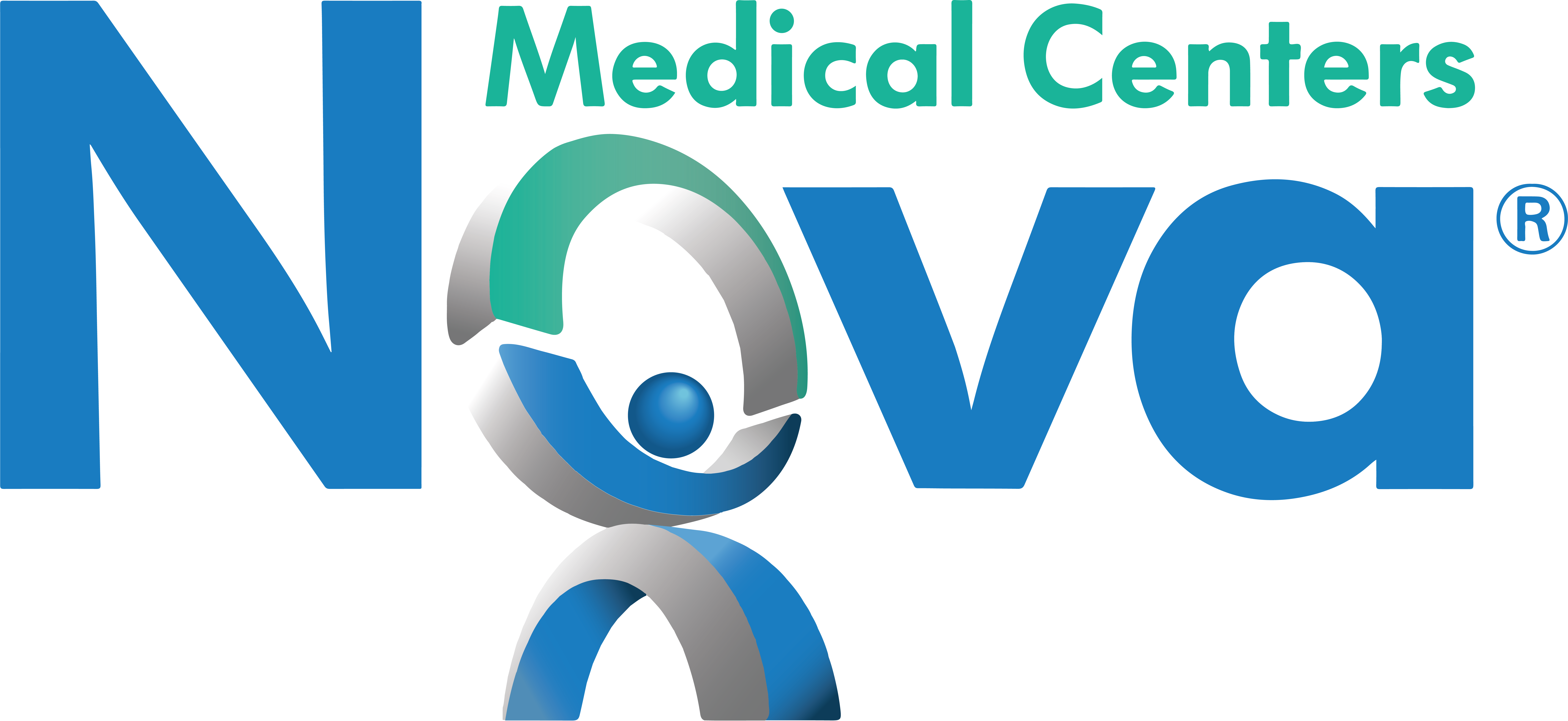
Be more efficient at work by learning how to manage your allergies
Allergy season is upon us and it is important to know some of the things that may be triggering your allergies. An Ohio State University study showed that allergy sufferers can miss up to 32 hours of work in a week when allergens are at their peak. 20 to 50 million Americans suffer from some form of seasonal allergies, which means that the lost work days add up. Many things can strike an allergic reaction, which can range from mild to sudden and life-threatening.
According to the AAFA’s spring allergy capitols of 2016, these are the top five most challenging places to live with spring allergies in the U.S:
- Jackson, MS
- Memphis, TN
- Syracuse, NY
- Louisville, KY
- McAllen, TX
The following is a list of some common allergens that may be causing your symptoms and ways to help prevent them from affecting you at work.
Pollen
Studies have shown that even when allergic employees are at work during pollen season, their productivity declines substantially, both because of allergies and because of the medication used to treat their symptoms. Pollen travels from plants to the air and can enter nasal passages or throat, resulting in a type of seasonal allergic reaction. This can cause an allergic reaction in the body and is one of the most common causes of allergies in the U.S. One of the most common pollen allergies is Hay fever. Hay fever symptoms include sneezing, runny nose, scratchy throat, coughing, nasal congestion and itchy, watery eyes. According to AAFA.org, in 2012, 17.6 million adults had hay fever.
To Help Prevent:
- Use an air conditioner to lower indoor humidity and reduce the amount of airborne pollen that finds its way indoors.
- Minimize the discomfort of hay fever by staying indoors as much as you can on hot, windy days when pollen counts are high.
- Keeping doors and windows closed.
Mold
On your own home, mold might be easier to spot. At work, it could be hidden. Employees need to recognize the factors that affect mold growth and spreading might not be on their hands, such as a company ventilation system, building maintenance, and the cleanliness of the workplace. Mold can grow almost anywhere that is warm, damp and humid. Some examples include a basement, bathroom, grass or mulch. When the spores make their way into the nasal cavity, they can cause an allergic reaction. Some symptoms of mold allergy can include sneezing, itching, a runny nose, eye irritation, a cough, congestion, post-nasal drip and asthma attack. A workplace with poor ventilation and high humidity is more likely to have problems with mold.
To Help Prevent:
- Ventilate damp areas to reduce moisture levels.
- Regularly clean damp areas in the bathroom, kitchen and around the workplace to prevent mold spores from developing.
- Use a dehumidifier in areas that feel humid or smell musty.
- Eliminate sources of excess moisture like leaky pipes or roof shingles.
- Keep drainage areas around your workplace clear.
Dust Mites
House dust mites are microscopic organisms that live in house dust. Often times, dust mites can be passively carried from home to the workplace. Carpets, upholstered furniture, and even cubicle walls may harbor dust mites. According to the Asthma and Allergy Foundation of America, about 20 million people in the U.S. are allergic to dust mites. A dust mite allergy can cause a wide range of symptoms, including a runny or itchy nose, post-nasal drip, itchy skin, congestion, sinus pressure, watery eyes, a scratchy throat, coughing, swollen eyes, trouble sleeping, chest pain and tightness, difficulty breathing and shortness of breath.
To Help Prevent:
- Use allergen-proof bed covers for the mattress, box spring, and pillows to prevent the allergens from getting into the beds.
- Wash all of your beddings (sheets, pillowcases, blankets and bed covers) in hot water at least once a week. Dry them in a hot dryer or in natural sunlight during the summer months.
- Keep your house as free as possible of items that collect dust, such as stuffed animals, curtains carpets.
- Vacuum your home on a regular basis.
- Request frequent carpet cleaning and dusting your work area with a microfiber cloth or wet rag can help reduce dust mites in your work area.
Nova Medical Centers began as a single facility formed 20 years ago in Conroe, Texas, to provide the highest level of healthcare to patients suffering from musculoskeletal injuries. Now, we have over 47 occupational medicine facilities across Texas, Georgia, Tennessee and Indiana. Our focus is solely in occupational medicine to provide the best care for America’s workforce. For information on workplace allergies, check our blog Be Wary of Workplace Allergies: https://n-o-v-a.com/blog/be-wary-of-workplace-allergies/
Written by: Jessica Hurd
Sources:
http://asthmaandallergies.org/asthma-allergies/dust-mite-allergy/
http://www.eaaci.org/attachments/663_Allergenic%20pollen%20and%20pollen%20allergy%20in%20Europe.pdf
http://www.aafa.org/page/allergy-facts.aspx
http://www.aafa.org/media/Press-Release-AAFA-2016-Spring-Allergy-Capitals-Report.pdf
http://www.top10homeremedies.com/news-facts/10-common-allergy-triggers.html



